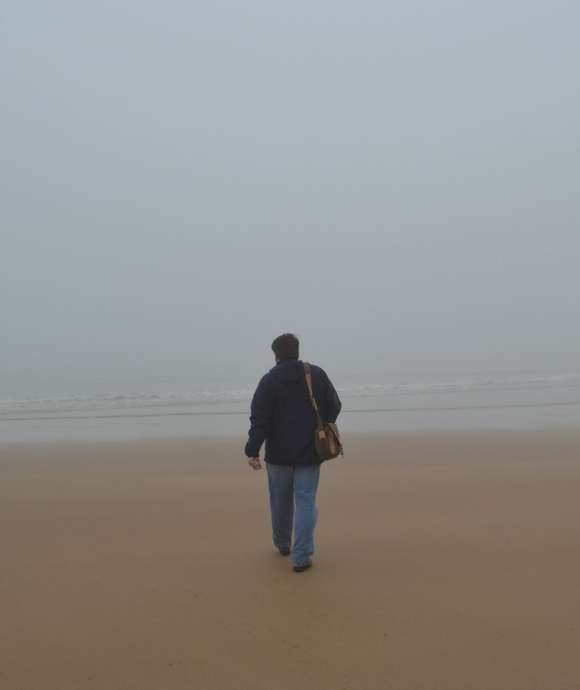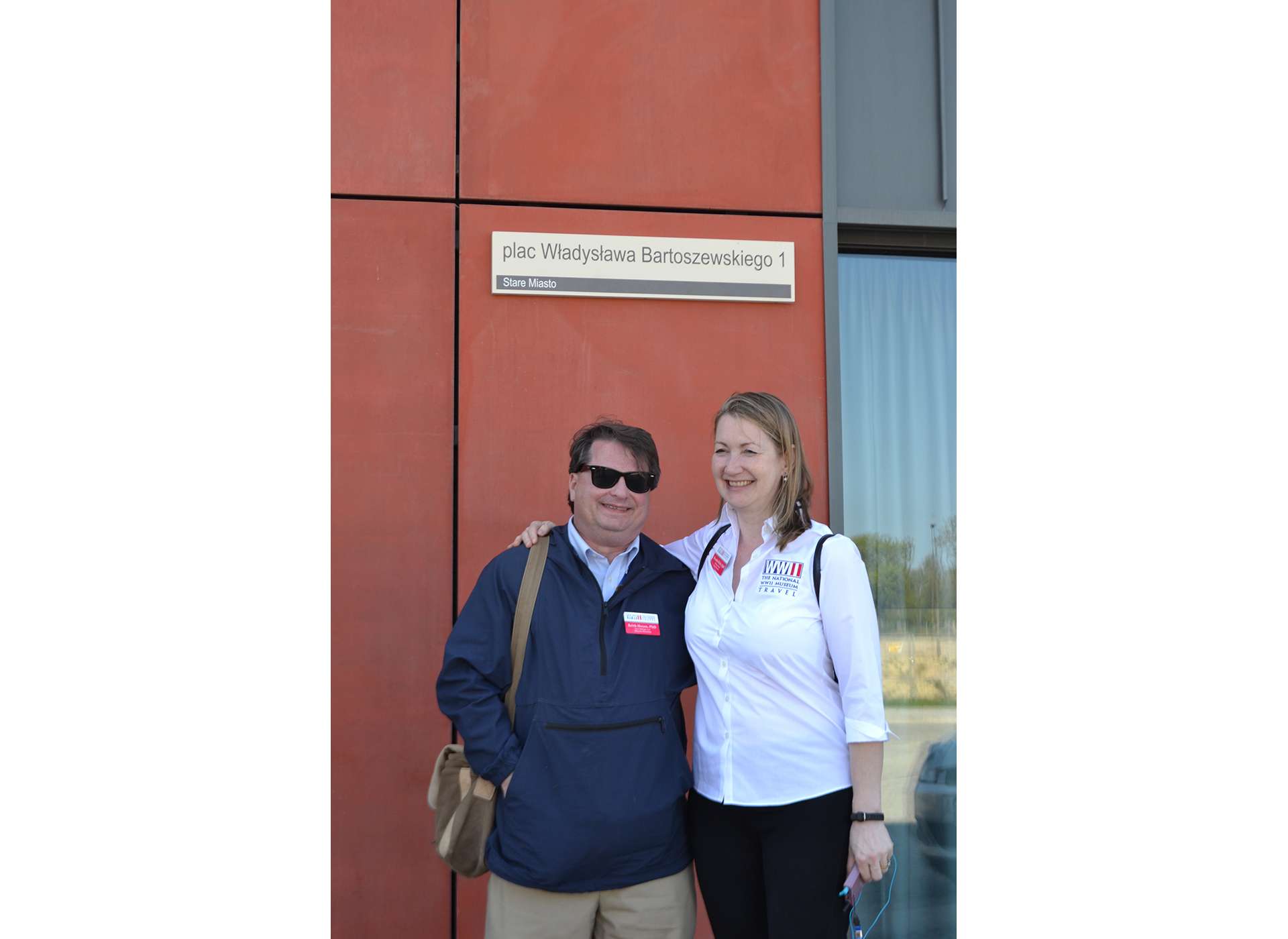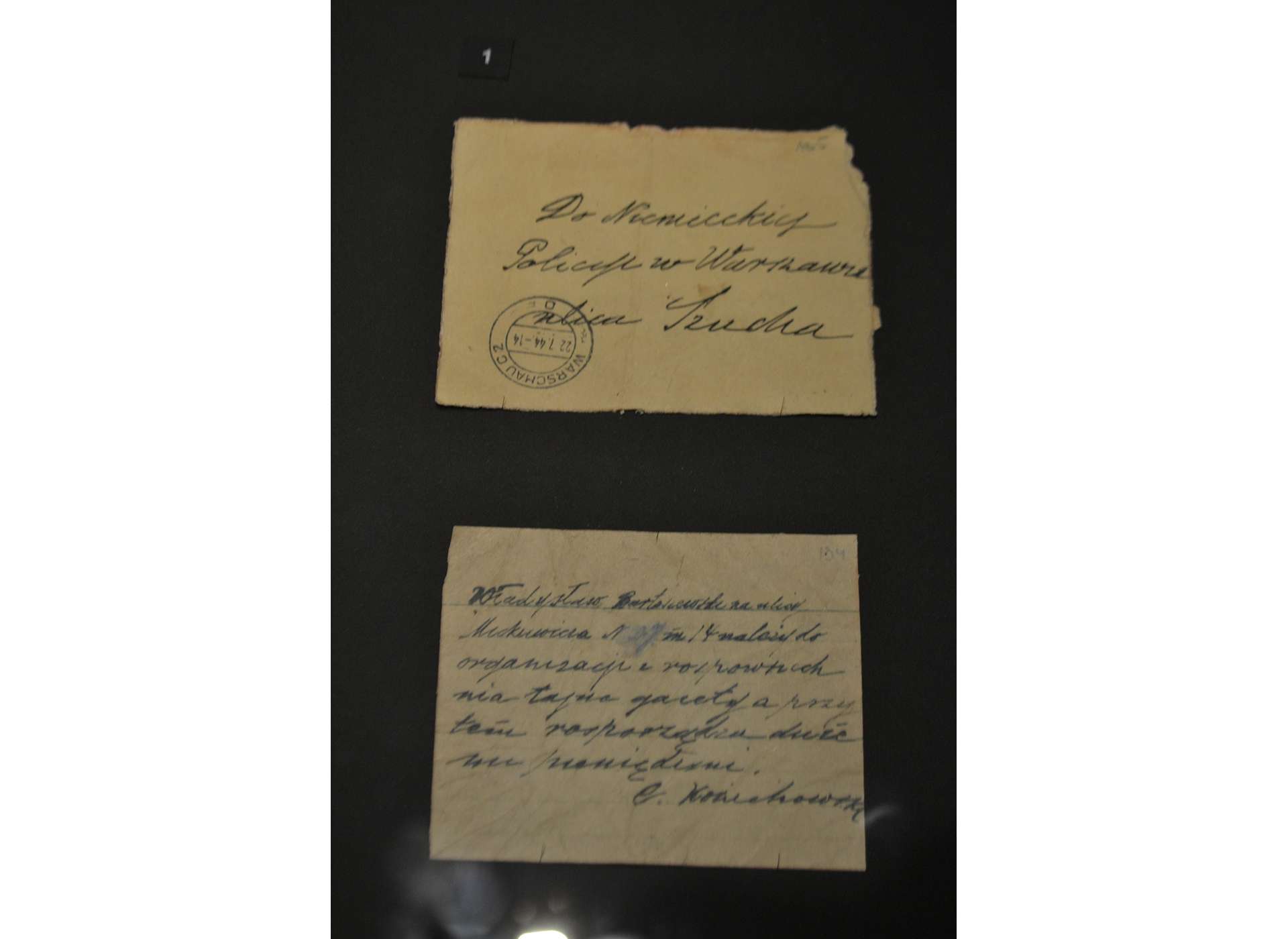History is dangerous because the truth can be uncomfortable. War probably brings out this reality more than any other human activity, and World War II is replete with uncomfortable truths. Truths such as the fact that war is messy, and accidents can happen—witness the worst friendly fire incident of the war in Sicily in 1943, when American forces shot down 23 of their own planes and killed 318 paratroopers. Truths such as the fact that we Americans were all in it together for freedom and democracy, except not all of us were on equal terms—the United States fought Nazi Germany and Imperial Japan, racist regimes bent on racial superiority and purity, with a segregated military. Truths such as the fact that even in the “Good War” that had clear moral sides and meanings, some Americans betrayed their country to foreign powers—Harry Dexter White and Alger Hiss both gave secrets of their government to the Soviet Union.
In my last post, I wrote about an unexpected and memorable experience visiting a museum exhibit on the late Polish diplomat Wladyslaw Bartoszewski while touring Germany and Poland with his daughter-in-law, Alexandra Richie. Bartoszewski was imprisoned by the Gestapo as part of a sweep of Polish nationalists in September 1940 and sent to Auschwitz. Born Roman Catholic, the Polish Red Cross (for whom he had formerly worked) secured his release in April 1941. He then was one of the first to write about conditions of Polish political prisoners in the camp. He continued writing for underground resistance publications, gathering information and documentation of Nazi crimes in Poland, including on the worsening plight of the Jews. The Nazi “Final Solution” was not reached until January 20, 1942 at the notorious Wannsee conference (which our tour also visited), and Bartoszewski not only joined the Polish resistance Home Army in August 1942, but also became active with the Council to Aid Jews (codenamed Zegota) a month later. All the while he attended classes at the secret Humanist department run out of the University of Warsaw (the Germans had forbid access to higher education for Poles). Beginning on the first day of August 1944, with the Red Army approaching the eastern bank of the Vistula river, he took part in the Warsaw Uprising (the Red Army delayed entering Warsaw, allowing the Germans to mercilessly crush the Polish resistance and its leadership for the postwar benefit of Soviet rule and occupation of Poland).
Bartoszewski’s story to this point in 1944 met with my story of visiting Poland in 2017 at the following intersection: World War II in Europe literally began in Gdańsk with shelling from a German battleship on September 1, 1939. In 2017, an ambitious new museum was opened in Gdańsk, telling the story of World War II from an international perspective. Having visited WWII museums in Britain, France, Germany, Poland, Russia, and China—not to mention Hawaii, Texas, and the work I do in New Orleans—I can attest that all nations tell the story from their own national perspective. This is what makes the Museum of the Second World War in Gdansk unique and ambitious. The historians and curators there sought to tell story of a global war, including the Far East, with Poland at the epicenter of the Nazi-Soviet clash. This approach has drawn controversy with the current nationalist Polish government, which feels that the Polish national story should be more prominent in the museum’s narrative. Alex Richie and I brought our tour guests to the Museum of the Second World War to see the exhibits. Here we are standing before the street named in honor of Bartoszewski, her father-in-law, in front of the museum:
There was more to see in the museum than can ever be described in this post, and the museum’s historians and curators clearly have made a heroic effort to tell the story of the largest war in history. The tragic history of Poland literally being crushed without mercy between the two titanic dictatorships of Nazi Germany and the Soviet Union was the central storyline and organizing principle throughout the exhibits.
But the artifact that caught my attention and imagination the most, as a visitor trying to understand what happened to the people caught in this vice of totalitarian war, was a short note whose significance only fully dawned on me when I read the English translation next to it. Here are images of the letter denouncing Bartoszewski to the Gestapo in Warsaw dated July 22, 1944, little more than a week before he took part in the doomed Warsaw Uprising:
When we visit museums today to view artifacts and learn testimonies of people who were in extraordinary circumstances, it should be a humbling experience. Most of us will never be faced with those decisions. In Bartoszewski’s denunciation letter, we see that a man who endured and transcended Nazi and Soviet enemies in the course of a long life still had to endure betrayal by one of his own. The anonymous letter writer’s motive could be fear of association, or perhaps greed for reward, or perhaps jealousy of Bartoszewski’s moral character and spirit of resistance. The letter in the case could have ended his life in summer 1944. For me, to see the chain of reality that could have resulted from that letter and understand what it means today is chilling. It meant not only that Bartoszewski would not have been alive to work towards better understandings between Poles, Germans, Israelis, Christians, and Jews in his later life. It meant that his son Wladyslaw Teofil would not have been born, that Wlady and Alex would not have met at Oxford, and that their two daughters and family would not have been. It means that my friends Alex and Wlady would not have hosted our tour group at their home in the beautiful Polish countryside, that we would not have enjoyed wine and dinner together on their back patio, and that we would not have enjoyed warmth and conversation about history while watching the setting sun stream through the trees.
That one piece of paper could have altered so much, and so much could have been lost. I hope all visitors to museums about war find their own Bartoszewski document, the one that makes them think about what they have and know in their current life against what could have been. Because confronting the uncomfortable truths of history provides clarity and depth when we understand not only what was, but what could have been, and perhaps teaches us gratitude for how those paths have in fact formed and affected us, all these decades later.
See Part One of this two part post.

"No matter one’s age, travel is a unique and exciting educational experience. In my work, I have had the opportunity to reflect on history, events, and people in the places where they experienced life. Through the viewfinder, we can not only find history and perspective, but create memory, and evoke our evergreen past."
– Keith Huxen, PhD, Senior Director of Research and History, The National WWII Museum
Keith Huxen
Keith is the former Senior Director of Research and History in the Institute for the Study of War and Democracy at The National WWII Museum.
Cite this article:
MLA Citation:
APA Citation:
Chicago Style Citation:








![Max Fuchs, New York City cantor, sings as Rabbi Sydney [sic] Lefkowitz, Richmond, VA, conducts the first Jewish services from Germany.](/sites/default/files/styles/max_650x650/public/2025-10/image1.jpg)



